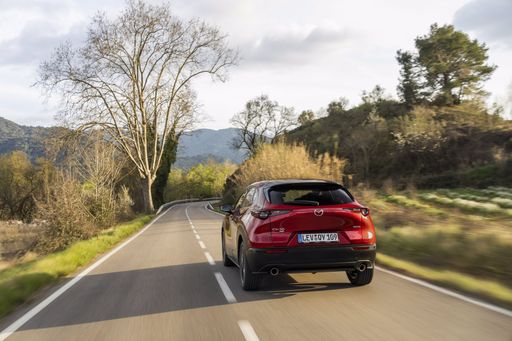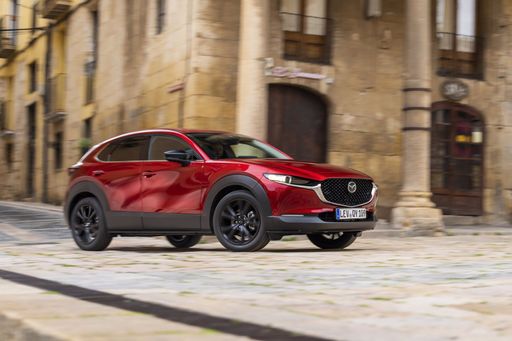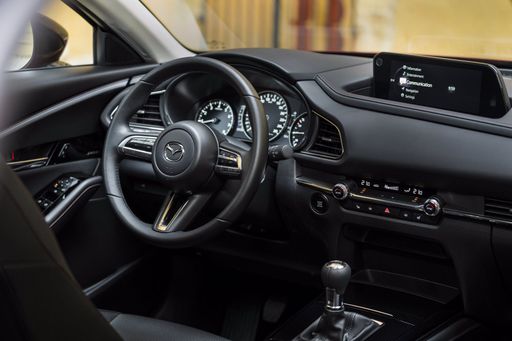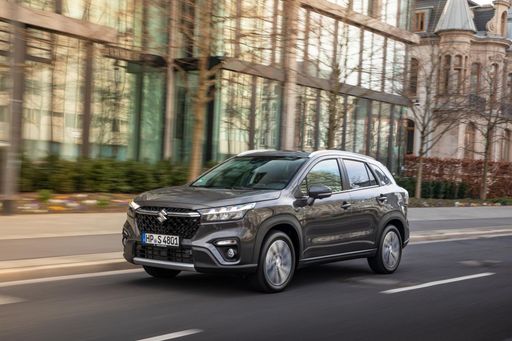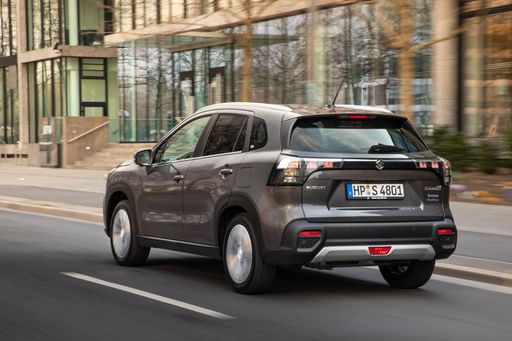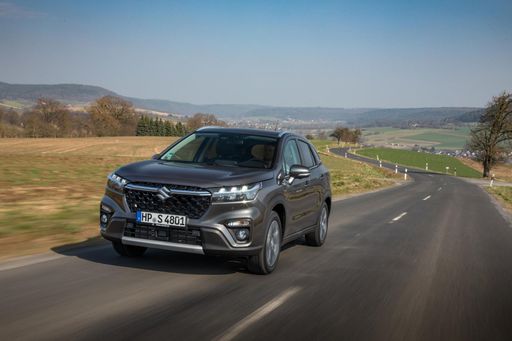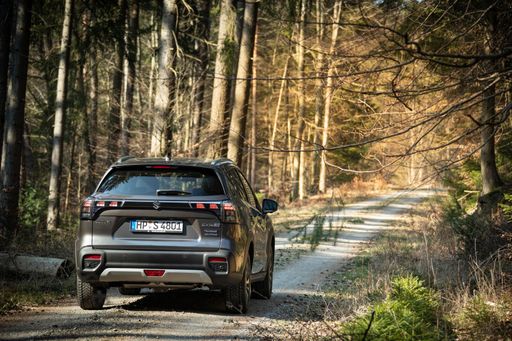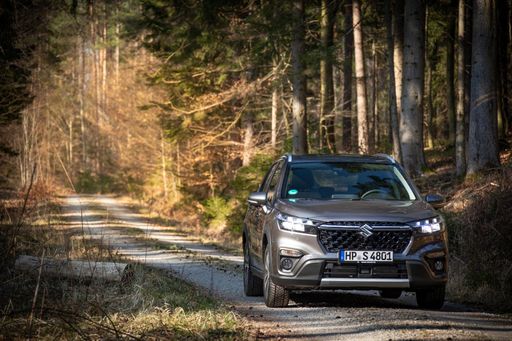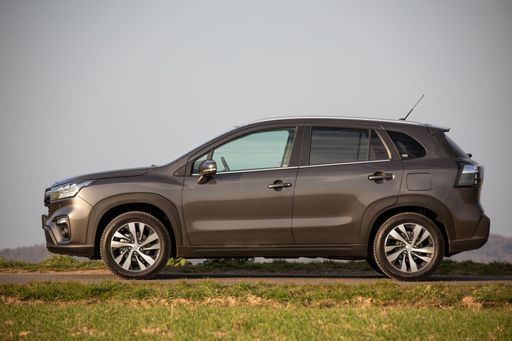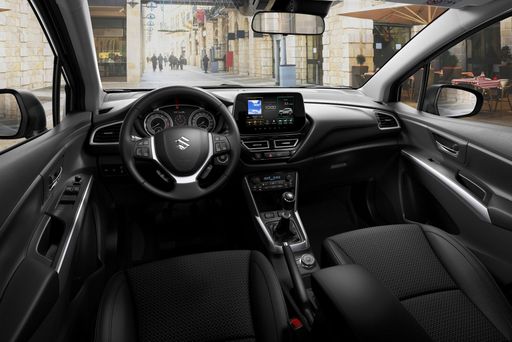Powertrain Options and Performance
Performance-wise, the Mazda CX-30 is equipped with petrol MHEV engines that produce up to 186 HP, with torque ratings of 240 Nm, allowing it to accelerate from 0-100 km/h in as little as 8.3 seconds. The CX-30 offers a choice of front-wheel drive or all-wheel drive, and its engine options include a 2.0L to a higher capacity 2.5L engine.
On the other hand, the Suzuki S-Cross features both full hybrid and petrol MHEV engines, generating up to 129 HP and a torque of 235 Nm. The acceleration from 0-100 km/h for the S-Cross is rated at 9.5 seconds, showing that it lags behind the CX-30 in terms of raw performance. Nevertheless, the S-Cross has an edge in fuel efficiency, with consumption figures as low as 5.1 L/100 km, compared to the CX-30's 5.7 to 6.5 L/100 km range.


